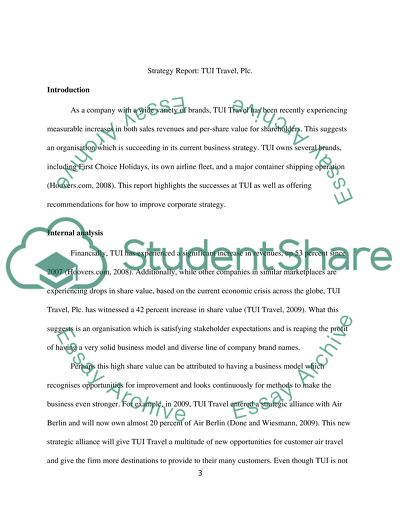Cite this document
(“Strategic Analysis for Tui Travel PLC Essay Example | Topics and Well Written Essays - 2500 words”, n.d.)
Strategic Analysis for Tui Travel PLC Essay Example | Topics and Well Written Essays - 2500 words. Retrieved from https://studentshare.org/miscellaneous/1553552-strategic-analysis-for-tui-travel-plc
Strategic Analysis for Tui Travel PLC Essay Example | Topics and Well Written Essays - 2500 words. Retrieved from https://studentshare.org/miscellaneous/1553552-strategic-analysis-for-tui-travel-plc
(Strategic Analysis for Tui Travel PLC Essay Example | Topics and Well Written Essays - 2500 Words)
Strategic Analysis for Tui Travel PLC Essay Example | Topics and Well Written Essays - 2500 Words. https://studentshare.org/miscellaneous/1553552-strategic-analysis-for-tui-travel-plc.
Strategic Analysis for Tui Travel PLC Essay Example | Topics and Well Written Essays - 2500 Words. https://studentshare.org/miscellaneous/1553552-strategic-analysis-for-tui-travel-plc.
“Strategic Analysis for Tui Travel PLC Essay Example | Topics and Well Written Essays - 2500 Words”, n.d. https://studentshare.org/miscellaneous/1553552-strategic-analysis-for-tui-travel-plc.


